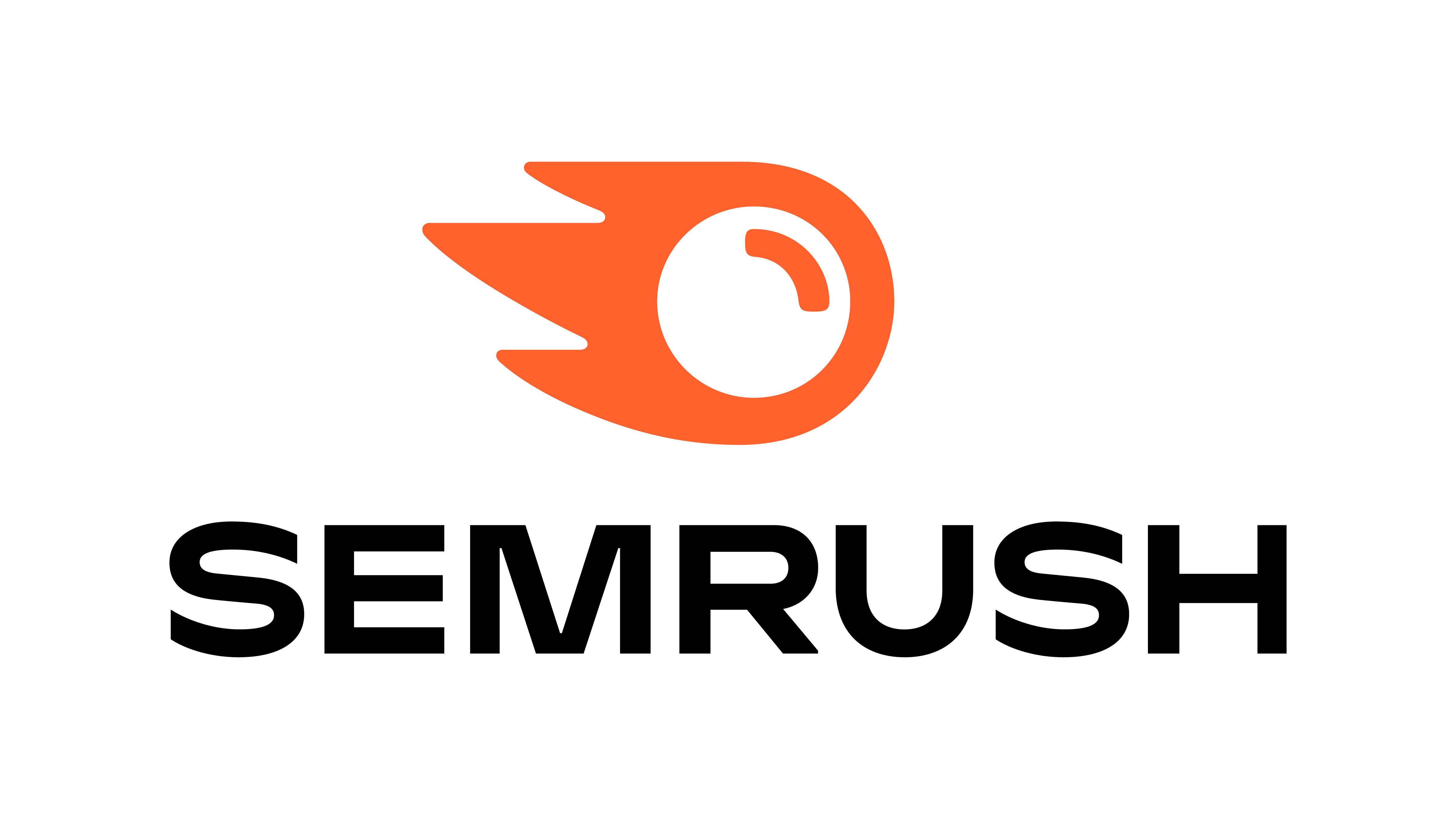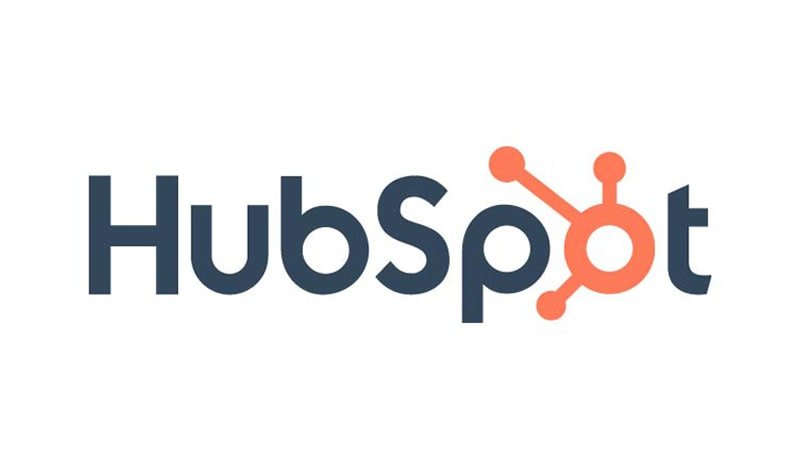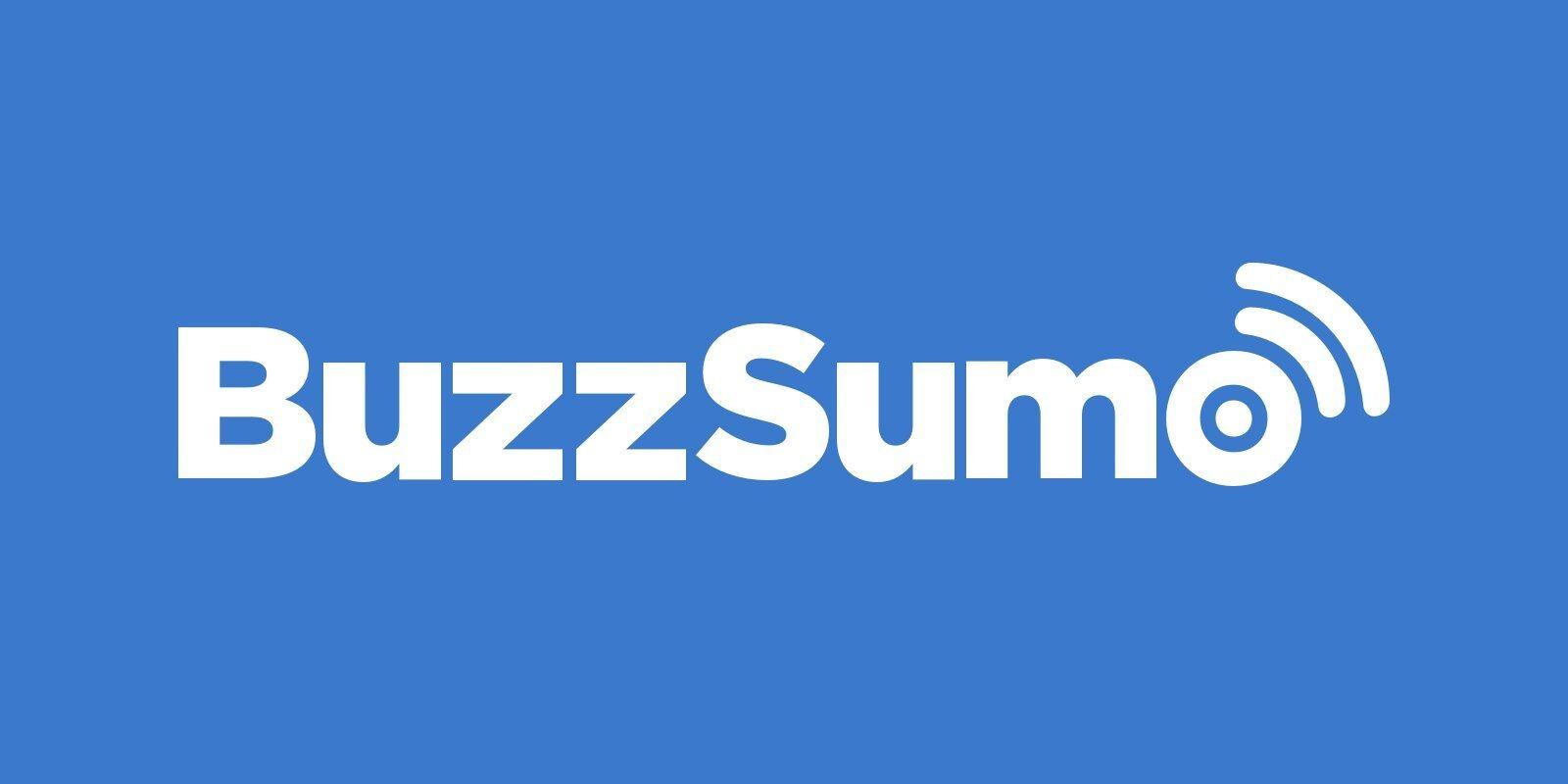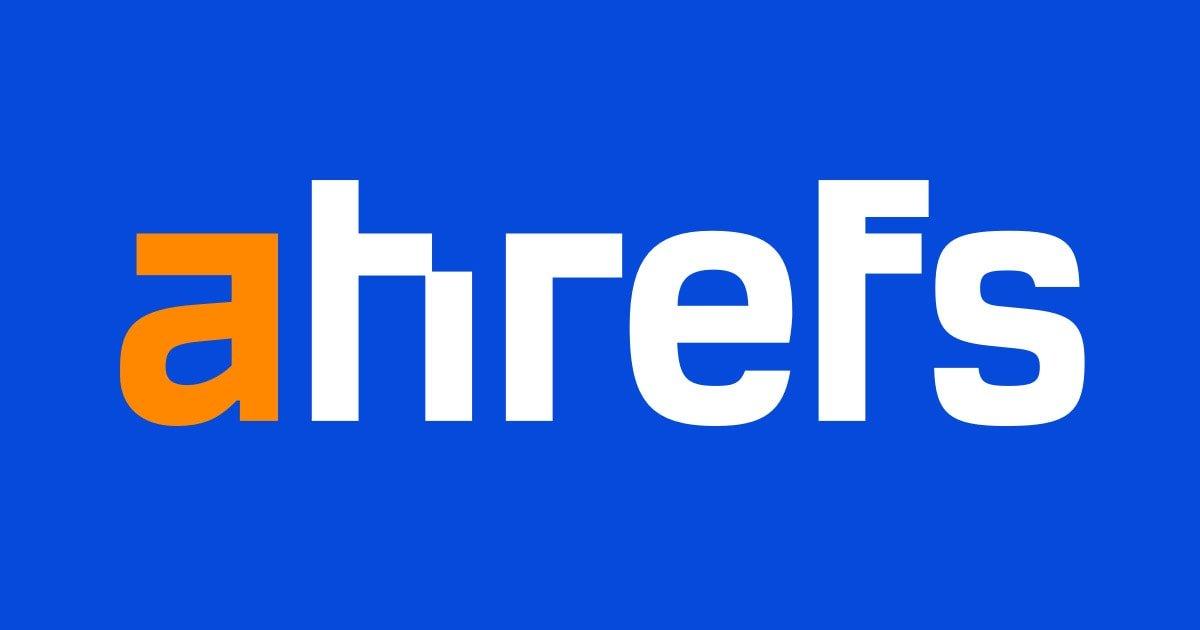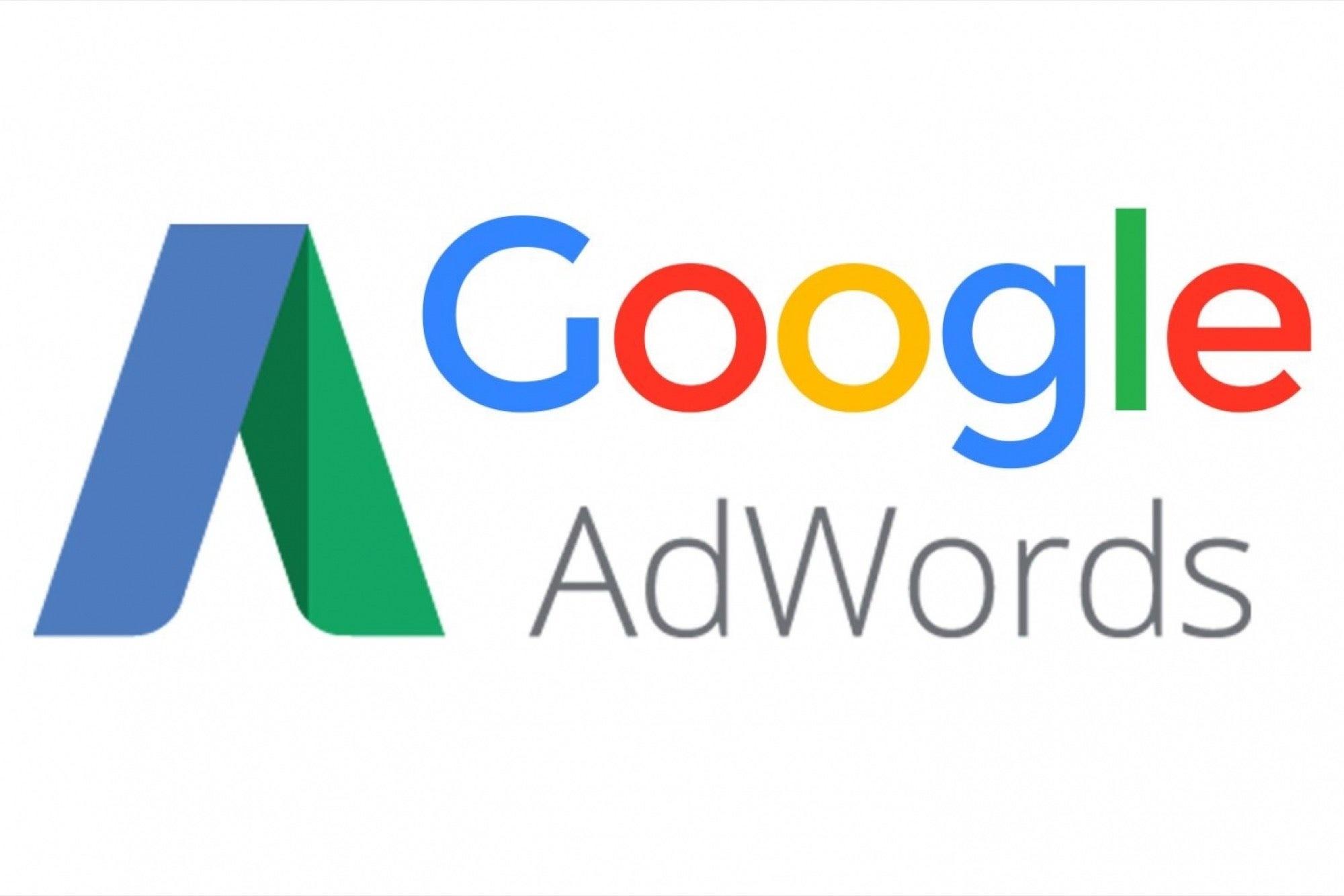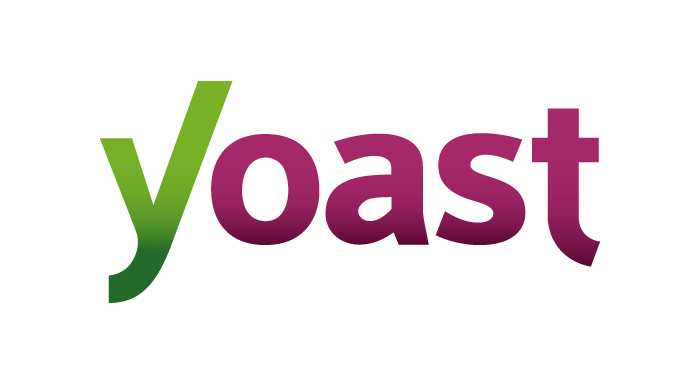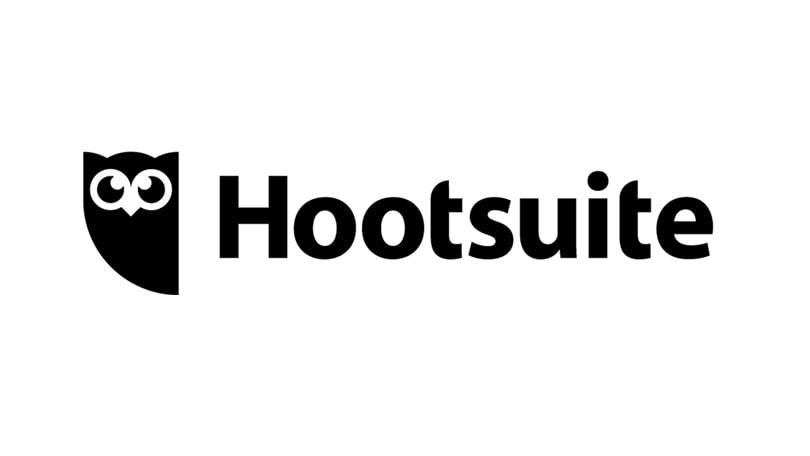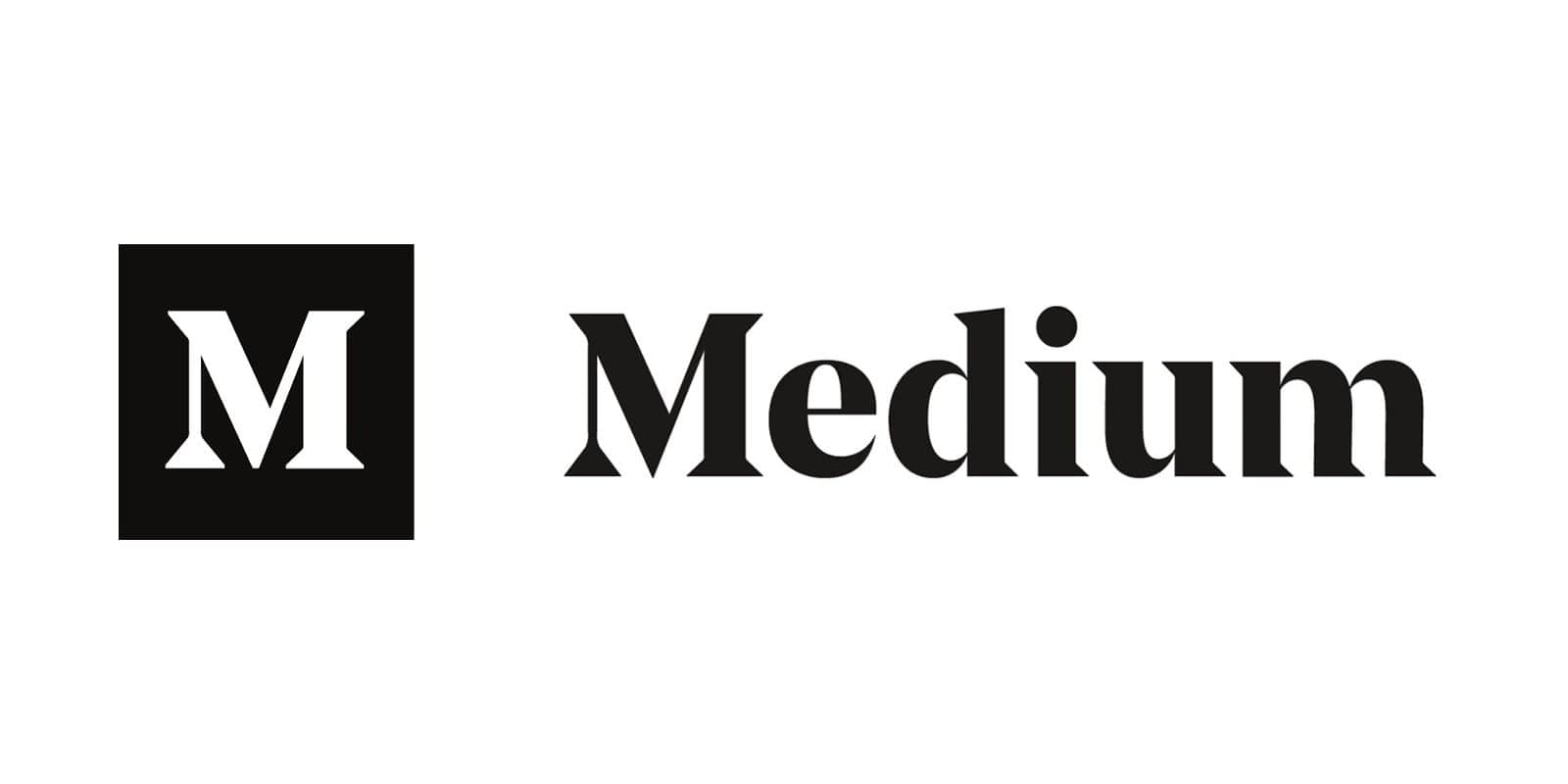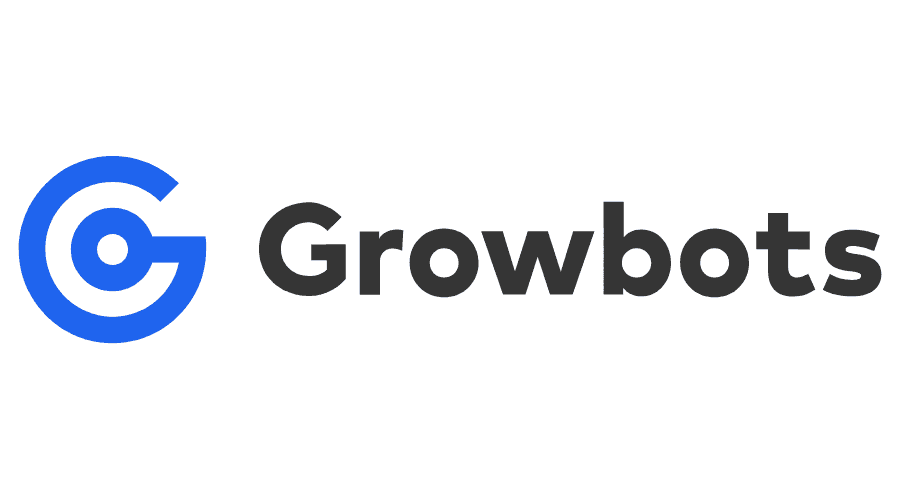How to make money on Amazon
Many of us know Amazon as a handy site where you can buy just about anything you need. But to some, it's so much more than that – it's an amazing opportunity to make money. Here's how.

Credit: Krakenimages.com – Shutterstock
It's no secret that Amazon is a very convenient website for shoppers. What's less well known, though, is just how easy it is to earn an income on there – and not just as a seller.
Granted, selling is one of the most common ways to make money on Amazon, and we've got plenty of tips to maximise your profits as a seller below. But it's far from your only option. In fact, it's even possible to generate a passive income through the site, letting you earn cash in your sleep.
Read on for all the info you need on how to sell on Amazon, as well as our list of the 11 best ways to make money from the site (both with and without selling).
How to sell on Amazon

Credit: bbernard – Shutterstock
Looking to start selling on Amazon? It's super easy to get started, but there are a few key things to bear in mind before signing up.
The main things to consider are which Amazon selling plan would be right for you, and whether the seller fees would be worth it.
Amazon selling plans
There are two selling plans to choose from at Amazon:
- Professional selling plan – If you're selling more than 35 products a month, you could consider this plan. It costs £25 a month excluding VAT plus additional fees (below).
- Individual selling plan – Also known as the 'basic' plan, this one's generally better for people selling less than 35 products a month. You wouldn't need to pay a monthly subscription fee, but you would have to pay £0.75 per item sold plus additional fees (below).
When choosing an Amazon selling plan, think about whether you would be selling a large enough quantity of products at a high enough price each month to go for the professional plan, or if you'd be better off sticking with the basic plan.
If you're unsure how many things you'll be selling each month, it might be better to start off on the basic plan, then consider upgrading to the professional one later on if you decide it would be worthwhile.
But, if you do decide to go for the professional selling plan, it might be worth also thinking about trying Fulfilment by Amazon (FBA). There are added fees, but it would mean you could reach more customers, and packaging and delivery would be handled by Amazon. We go into this in a bit more detail later.
Amazon selling fees

Credit: Yevgen Kravchenko, kamui29, Bell Photography 423 – Shutterstock
As mentioned above, there's a fee per item for the individual selling plan (£0.75) and a fee per month for the professional plan (£25). And, on top of these, there are additional fees that apply to both plans.
These are the additional seller fees to be aware of:
- Referral fee – This fee will vary depending on the type of product that's sold. It's calculated as a percentage of the total sales price, which includes the product price and added charges for delivery and gift wrapping. There's usually (but not always) a minimum referral fee of £0.25 per item.
- Closing fee – There's a closing fee of £0.50 for most media items that are sold. This applies to items like music, DVDs, video games and software. Books have a closing fee of £1.
- Refund administration fee – If you need to refund a customer after receiving payment, you'll get your referral fee back, but a refund administration fee will be taken from it. The fee will either be £5 or 20% of your referral fee, whichever is less.
- High volume listing fee – This is unlikely to apply to you unless you're selling a LOT. If you have over two million active stock-keeping units (SKUs), there will be a fee of £0.0003 per SKU. SKUs are the unique reference codes you give to each product you list.
To find out more, including the specific referral fees for each type of product, have a look at Amazon's fee page.
11 best ways to earn money on Amazon
These are the easiest and most effective ways to make money on Amazon:
Apply for Amazon Launchpad

Credit: WAYHOME studio – Shutterstock
If you sell products that are particularly innovative and you've got an interesting brand story to tell, you could consider applying for Amazon Launchpad.
Applications are reviewed on a case by case basis so there's no guarantee you'd be accepted.
But if you are, you'd get access to added selling features like customer engagement tools, the chance to have your brand showcased on the Amazon Launchpad homepage and strategic support from an onboarding manager to help you develop your business.
Bear in mind that if you do sell on Amazon Launchpad, you'll need to pay an extra 5% referral fee on top of the standard referral fee on each item you sell. You can find more info here.
Sell old belongings on Amazon
Not sure what to sell on Amazon to make money? Have a look through your old belongings – there are likely to be plenty of items that you no longer use that you could sell online.
In some ways, old belongings can actually be some of the best items to sell on Amazon.
Not only does it mean your pre-loved stuff goes to a good home rather than a landfill (an important reason alone), but it also means you can cut out the costs of buying or making things to sell, and just make a profit from things you already own.
For example, when you're finished with a module at uni, you could sell your old bookson Amazon to help fund any new ones you need.
Just remember that if you do sell used things on Amazon, make sure you clearly and honestly describe the condition they're in.
For some inspiration, check out our guide on the best second-hand things to sell.
Have you thought about selling on eBay too? Look on both sites to compare the fees for the types of products you're selling to see which offers the lowest fees.Start affiliate marketing

Credit: Flamingo Images, Pinone Pantone, Avector – Shutterstock
Arguably the top way to make money on Amazon without selling is by joining Amazon's affiliate marketing programme.
Affiliate marketing involves sharing links to products online, such as on social media or your own blog. Then, if people buy things through those links, you'll be able to earn money from the sales at no extra cost to the buyer.
Or, if you have a particularly good following across your social media profiles, you could consider applying to become an Amazon Influencer. This would still involve you promoting products and making money from sales, but you would be given your own page on Amazon where you could choose which items to promote.
Unsure if affiliate marketing's for you? We explain it in more detail in our guide to earning a passive income.
Sell crafts on Amazon Handmade
Talented at crafts or DIY? Amazon Handmade could be a brilliant platform to start selling your creative work, whether it be jewellery, textiles, art or just about anything crafty.
There are currently reduced referral fees on Amazon Handmade until 31st December 2021, down from 15.3% to 12.24% (with a minimum referral fee of £0.25).
Although, while this could be a great option for you, it's worth looking into the selling fees on Etsy as well. We recommend doing some sums to work out whether you'd be earning more or less on there per item, depending on factors such as your product's sales price and the cost of post and packaging.
Deliver Amazon parcels
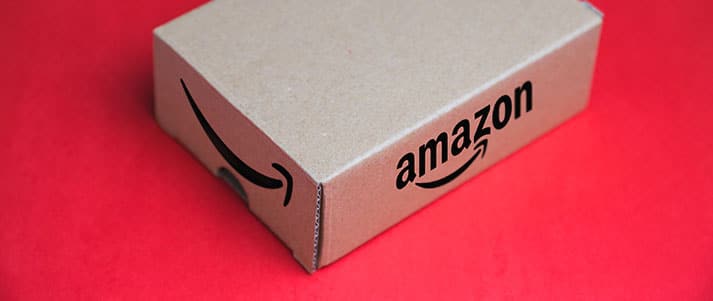
Credit: J.K2507 – Shutterstock
If you can drive and you have a car at uni, delivering parcels through Amazon Flex could be an ideal way for you to make money in your spare time.
Amazon estimates you can earn about £13 – £15 an hour as a delivery driver, but it's worth keeping in mind that you might end up taking home a bit less than this.
As an Amazon Flex delivery driver, you'd be working as an independent contractor, so you'd need to cover costs like mileage, parking and tolls. This would mean that, if you make £13 an hour, some of that money might need to go towards driving costs.
However, it could still work out as pretty good money and the flexible hours would work well around a student schedule. And, our tips on saving money on driving might help you spend slightly less on your deliveries.
Sell through Fulfilment by Amazon
To make sure you're making as much money as possible as a seller on Amazon, look into whether Fulfilment by Amazon (FBA) or Fulfilment by Merchant (FBM) suits your business better.
When you're first starting out, FBM would probably be your best bet. This would mean that you would handle your own packaging and shipping. However, as your online store expands, it might be difficult for you to keep up with all of the P&P yourself, and it might even be tricky to store all of your stock at home.
With FBA, you could send your stock to an Amazon warehouse, and they would organise the packaging and delivery of your products. Also, your listings could attract more customers on the site by getting the 'Prime Badge', highlighting that they have fast delivery.
But, these features do come with added costs – you'd need to pay fulfilment fees and storage fees. These will vary depending on the size and type of your product, so have a look on this page for more details.
Publish eBooks on Kindle

Credit: dean bertoncelj – Shutterstock
Ever wanted to make money from writing? Publishing eBooks on Amazon Kindle is one way to do just that.
All you need to start writing an eBook is an idea, some free time and a fair amount of commitment.
Whether fiction or non-fiction, there's a huge range of topics that you could write your book about. For some ideas of popular genres (along with extra money-making tips), have a read of our full guide to maximising profits from eBooks.
Sell designs via Merch by Amazon
For anyone that's talented at art and design, it's worth considering Merch by Amazon. You need an invitation to get started on there, but if you send in an application and impress them, this can lead to an invite.
With Merch by Amazon, you can upload an artwork and choose the type of product you'd like the design to be printed on, along with its colour. Then, all you need to do is add a product description and set a price for the item.
When people buy your product, Amazon will handle the production, shipping and customer service, then pay you a royalty for each sale. The amount of royalty will vary depending on the type of product and the set price of your item.
For example, for a standard t-shirt that costs £15.99, the royalty would be £2.89 (18% of the purchase price). However, for a sweatshirt that costs £27.99, the royalty would only be £2.52 (9% of the purchase price).
If you do join this programme, do plenty of research before getting started to make sure you're getting the most money from sales that you can.
As a bonus tip, Merch by Amazon is non-exclusive, meaning you could sell your designs via additional sites like Zazzle (which is also non-exclusive).
And, we have more advice on printing on-demand products in our guide to the best passive income ideas.
Trade in Amazon devices for gift vouchers

Credit: Zapp2Photo – Shutterstock
If you're a fan of Amazon devices, you should definitely look into the Trade-In programme. It allows you to send in your old devices and, in return, receive an Amazon voucher.
The voucher would give you money off an item from the same product category(e.g. if you trade in a tablet, you could buy a new tablet with the voucher).
It's free to do – you just need to head to the Trade-In store and select the device you'd like to trade. You'll then need to answer a few questions about the condition of your item (it might still be accepted if it doesn't work) and Amazon will give you a quote.
You'd then get a delivery label that lets you post the product for free and, once Amazon has verified its condition, the gift card for your new device will be automatically applied to your account. It's such an easy way to save money on gadgets.
Do freelance work for Amazon sellers
Selling on Amazon can take a fair amount of work. Because of this, some sellers will need a bit of help with various aspects of their online store – and that's where you can come in.
Even if you're not keen on selling things yourself, you'll have plenty of skills that can help you make money on Amazon, so you could work for sellers on a freelance basis.
For example, if you're talented at photography, you could offer to take eye-catching product photos for sellers. Or, if you've got a really good eye for detail, you could proofread and edit product descriptions.
A lot of people use Fiverr to advertise their freelance services to Amazon sellers – this is a great place to start.
Looking for more ways to make money? Check out some other top Fiverr gig ideas.Work for Amazon

Credit: Jacob Lund – Shutterstock
If making money on Amazon isn't enough for you, there is, of course, the option to work for Amazon.
There's such a vast range of jobs available at Amazon so, whatever your skill set, there's bound to be one that suits you. Plus, as a global brand, Amazon can offer great career progression opportunities.
Like the idea of working there? Have a look on their careers page to see if any of the current vacancies appeal – especially their student opportunities and graduate jobs.
These jobs will be super competitive, so it's important to put loads of time and effort into your application and do what you can to make your CV stand out.
And if you manage to bag yourself an interview at Amazon, make sure you've done your research and feel prepared to answer the most common interview questions. Good luck!


